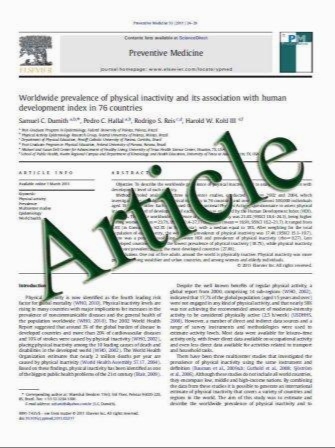Arthroscopic autologous chondrocyte implantation in osteochondral lesions of the talus: mid-term T2-mapping MRI evaluation
- نوع فایل : کتاب
- زبان : انگلیسی
- مؤلف : Milva Battaglia • Francesca Vannini • Roberto Buda • Marco Cavallo • Alberto Ruffilli • Carlo Monti • Stefano Galletti • Sandro Giannini
- چاپ و سال / کشور: 2011
Description
Purpose Autologous chondrocyte implantation (ACI) in the ankle has become an established procedure to treat osteochondral lesions. However, a non-invasive method able to provide information on the nature of the repair tissue is needed. Recently, MRI T2 mapping was identified as a method capable of qualitatively characterizing articular cartilage. The aim of this study was to evaluate the mid-term results of a series of patients arthroscopically treated by ACI and investigate the nature of the repair tissue by MRI T2 mapping. Methods Twenty patients, aged 35 ± 8 years, with an osteochondral lesion of the talus, underwent ACI and were evaluated at 5 ± 1 years’ follow-up clinically (AOFAS score) and by the MRI T2-mapping sequence. MRI images were acquired using a protocol proposed by the International Cartilage Repair Society, evaluated by the MOCART score and completed by the T2-mapping sequence. Healthy volunteers, mean age 29 ± 6 years, were enrolled, and their T2 map values were used as a control. Their MRI results were then correlated with the clinical score. Results The AOFAS score increased from 59 ± 16 preoperatively to 84 ± 18 at follow-up (P\0.0005). Patients with more than 4 years’ follow-up were found to have the most satisfactory results. On the basis of the controls, healthy hyaline cartilage tissue showed a T2 map value of 35–45 ms. A mean T2 map value compatible with normal hyaline cartilage was found in all the cases treated, covering a mean percentage of 69% ± 22 of the repaired lesion area. Conclusions ACI was able to provide durable results that improved over time. Because of its ability to detect cartilage quality, the MRI T2-mapping sequence integrated with the Mocart score is a valid, non-invasive technique in evaluating the nature of the repair tissue in the ankle joint. Level of evidence Therapeutic study, Level IV.
Knee Surg Sports Traumatol Arthrosc (2011) 19:1376–1384 DOI 10.1007/s00167 Received: 18 October 2010 / Accepted: 31 March 2011 / Published online: 19 April 2011011-1509-x


